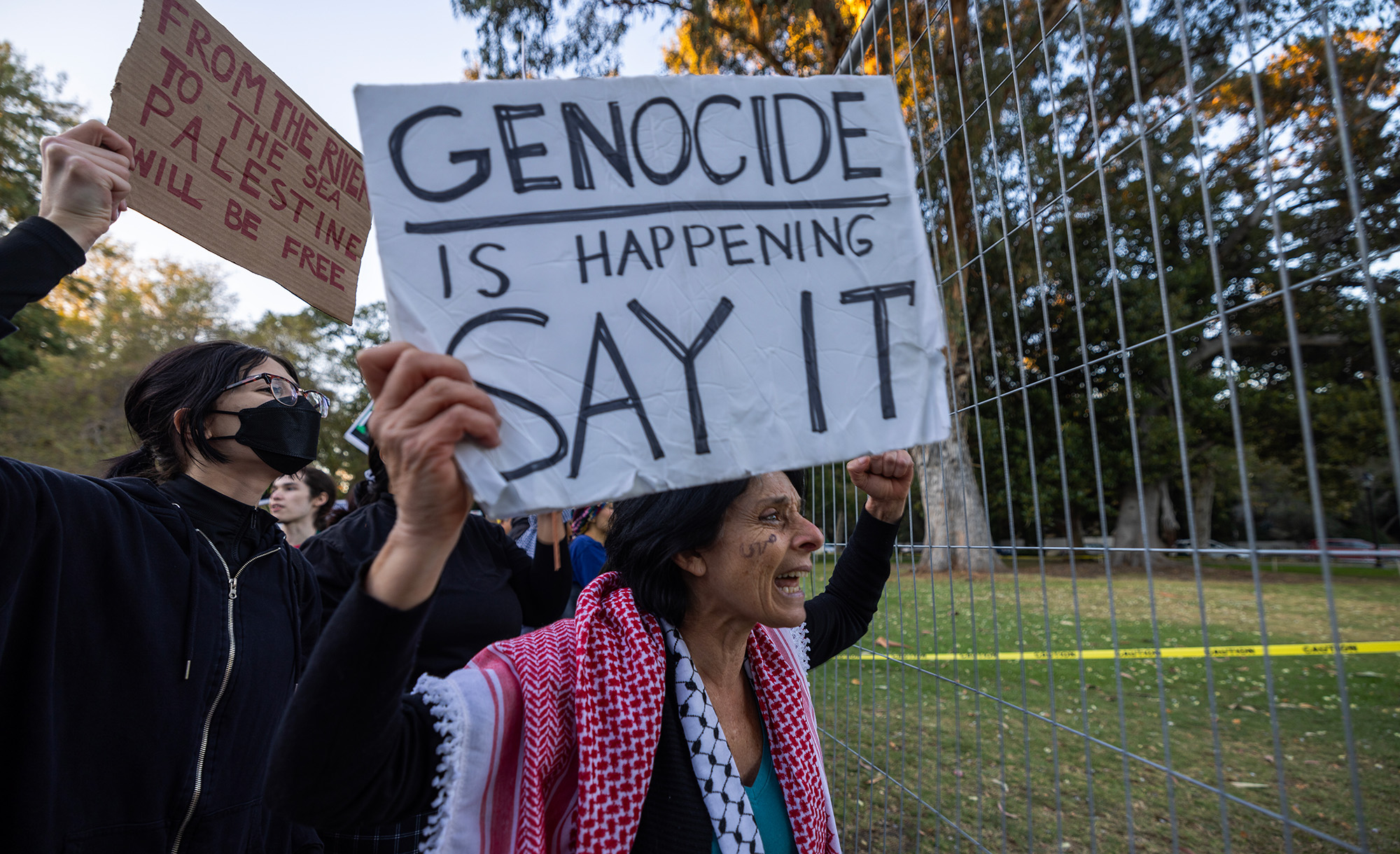Historians of religion and true believers often find themselves at odds. Thus Yehoshua Mondshine—devout Chabad Hasid and scrupulous historian—was something very rare, winning the respect both of academic scholars and of members of his own community. Mondshine, who passed away last week, was responsible for publishing, editing, and sometimes discovering important manuscripts, as well as producing a staggering number of scholarly articles, bibliographies, and polemical essays. Eli Rubin writes:
In a 1992 article, the [historian David] Assaf described Mondshine’s special ability to uncompromisingly combine his unambiguously hasidic identity with the rigors of academic scholarship. He wrote that Mondshine “labors on the margins of the professional academy, but he knows well how to use the tools of that world. . . . His writing is characterized by comprehensive and impressive knowledge, originality, provocativeness—and a willingness to battle against what he sees as distortion of Chabad’s image by outsiders.”
Indeed, Mondshine wielded the scholar’s pen with surprising force. His textual knowledge, analytical skills, and perception as a hasidic insider were sometimes complemented by biting sarcasm to undo a thesis he disagreed with. As a Hasid operating in the academic sphere, he was unapologetic and unintimidated. Elements within each of the communities he straddled may have accused him of being under the sway of “external” influences, but Mondshine understood that the tools of critical research would help Hasidim better understand their own tradition.


